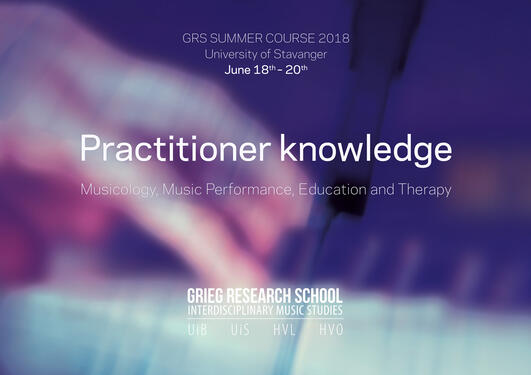Anthony Gritten
Dismantling the Demands of Performing
Hovedinnhold
My starting point is as follows. It is unclear to what extent the demands to which the performer feels herself bound when practicing, as relayed by the guardians of performance (teachers, audience members, critics), remain active and binding when she is performing live. My argument is as follows. Within the epistemic passage from practicing to performing, from green room to footlights, there is a dismantling of the demands binding the performer to the work, and these same demands come to provide, not a potentially traumatic diversion of her energy, but a source of creative energy for her artistic intentions. I will use Debussy’s piano piece La Plus que Lente (1910) for many of my examples. My argument proceeds as follows. Sections 2 and 3 are about how the performer apprehends demands: through listening and through the body. Sections 4 and 5 are about the discourse of demands, including aspects of the performer’s psychology. Section 6 addresses some misunderstandings about demands. Sections 7 and 8 are about the performer’s pragmatism: how she takes advantage of demands.
Key Questions
- What is the function of the demands / constraints placed upon the performer by her teacher and by the work?
- Is it true that "Without concentrated listening, the fingers, arms, back, and feet may as well be blocks of wood." (Roberts 1996)?
- What is the most pragmatic way of configuring the epistemic relationship between practicing and performing?
Recommended Reading
- McKenzie, J. (2001). Perform or Else: From Discipline to Performance. Psychology Press.
Biography
Anthony co-edited two books on Music and Gesture, and has published on various subjects in Performance Studies, including problem solving, ergonomics, entropy, timbre, empathy, collaboration, and distraction.

